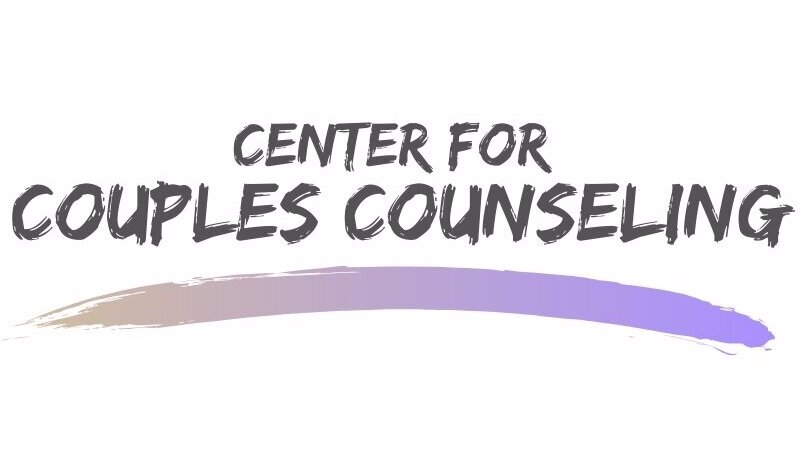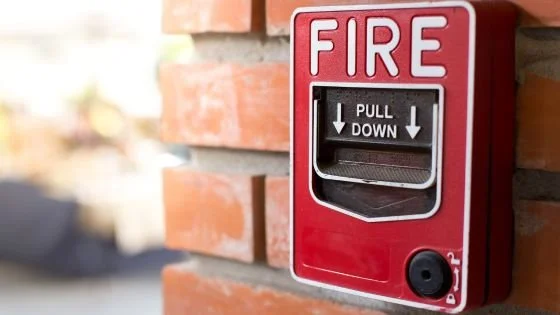CPTSD and Relationships: Navigating Triggers and Building Trust
Let’s be honest: relationships are hard even without trauma in the mix. But when one or both partners carry the weight of Complex PTSD, it’s like trying to build a life together on a foundation that keeps shifting beneath your feet. You're doing your best to love and be loved, but sometimes it feels like you're dodging emotional landmines or arguing about something that, deep down, isn’t really what it’s about.
If you’re in a relationship where CPTSD shows up, whether it’s your experience, your partner’s, or both, you’re not alone. And you’re not broken. But you do need some extra tools and a whole lot of gentleness, because CPTSD doesn’t just live in your head. It lives in your nervous system, your reactions, your stories about yourself and other people, and yes… your relationship patterns.
This blog isn’t about blame. It’s about making space for the very real effects of trauma and believing in your capacity to connect, repair, and rebuild. It’s about trust, and how to find your way back to it, even if it’s been a long time since it felt safe to let someone in.
CPTSD, or Complex PTSD, develops in response to prolonged, chronic trauma - often relational. Think: childhood emotional neglect, abuse, manipulation, growing up walking on eggshells, or spending years in a relationship where your safety (emotional, physical, or both) wasn’t guaranteed.
So, of course it makes sense that intimate relationships are where the alarm bells ring loudest. Closeness can feel dangerous. Distance can feel like abandonment. Your brain may constantly scan for signs that you're about to be hurt, disappointed, left, or betrayed, even when things are okay.
Here’s what that can look like in real life:
You crave closeness, but feel suffocated when you get it.
You shut down during conflict, yet feel panicked if your partner pulls away.
You replay fights or small comments for hours, days, weeks.
You constantly doubt whether you're lovable or “too much.”
You go from “we’re great!” to “this is falling apart” in 0.2 seconds.
None of this makes you crazy. It makes you someone whose nervous system is doing exactly what it learned to do to keep you safe. But safety and intimacy aren’t always the same thing, and that’s where things get tricky.
Let’s demystify this word real quick: a trigger isn’t just “a thing that makes me upset.” It’s a stimulus that kicks your nervous system into high gear- activating fight, flight, freeze, or fawn, often before your thinking brain even catches up.
And triggers in relationships? Oh, they’re everywhere. A certain tone. A slammed door. A partner getting quiet when you're upset. A text that goes unanswered for too long. A flash of disapproval on their face. All of it can light up old wounds that whisper, “You’re not safe here”, “You’re not loved here”, “You’re about to be hurt”.
That whisper might not be true but it feels real. And if no one names what’s happening, partners can get stuck in cycles of reactivity, confusion, and shame.
How can we navigate triggers without burning everything down? Let’s touch on that… I prefer to introduce these concepts ahead of time during a time of low stress. “When I am in a place of overwhelm, I am going to communicate it in these ways…” This allows your partner to be on the same page as you and increases the chance of them responding supportively.
Name it without blame.
“I’m feeling triggered, I know that wasn’t your intention, but my brain is saying something different. The story my brain is telling me is…” This is vulnerability and emotional maturity in action. Gold star.Pause instead of powering through.
If you’re flooded, it’s okay to say: “Can we take a 15-minute break? I want to talk about this, but my system is overwhelmed”Create a “trigger map” together.
Learn what sets you (or your partner) off and why. Not to avoid every trigger (which is likely impossible), but to understand the landscape and navigate it with more care.Use safe words that aren’t just for the bedroom.
Create a shorthand that says: “Hey, I’m totally starting to spiral, can we slow down?” so that you don’t even need to explain everything at the moment.
Finding ways to work through CPTSD together is intimate and hugely important to the life of the relationship. Learning to trust is significant and powerful. If trauma taught you not to trust, building trust again won’t happen just because someone says they love you. It happens through consistent, lived experiences of being safe with someone.
Here’s what builds trust in CPTSD-affected relationships:
Follow-through. If you say you’ll be home at 6, be home at 6. Or text if you won’t. Reliability > grand gestures.
Repair after rupture. You’re going to mess up. What matters is how you own it, and how you come back together.
Respecting boundaries… even the “weird” ones. (They’re not actually weird. They’re protective. And they can evolve.)
Honest, gentle feedback. Trust grows in truth, not perfection.
Letting love be boring sometimes. Predictability is s-e-x-x-y when your nervous system is tired of chaos.
Look, some of this stuff is heavy. No amount of blog reading can replace the nuance and safety of a good therapist. If your relationship feels stuck in trauma loops, or if you’re trying to love someone who’s deeply hurting (or both), couples therapy can be a game-changer, especially if the therapist understands trauma, not just communication skills.
It’s also okay if one or both of you need individual therapy, too. Sometimes we can’t heal relational trauma only in relationships, we need someone walking alongside us with the flashlight while we find our way back to ourselves.
At the end of the day, CPTSD doesn’t make you unlovable or doomed to relationship chaos, it just means the path to connection might be a little more winding. Triggers don’t mean your relationship is broken. They mean there’s history in the room. And when you and your partner can learn to name what’s happening, slow things down, and show up for each other with curiosity instead of judgment? That’s when real healing starts.
It’s not about doing it perfectly (spoiler: no one does). It’s about building safety over time, holding space for each other’s wounds, and choosing… over and over again… to be a soft place to land.
Relationships impacted by CPTSD aren’t impossible. They just require more intentionality, more compassion, and sometimes, more support. And honestly? When you do the work, the depth of connection that can grow from that kind of tending is pretty damn incredible. A thriving garden!
So breathe. Go slow. Keep showing up. You’re not too much. You’re just healing.
My name is Jaimi Douthit and I’m a Licensed Professional Counselor at the Center for Couples Counseling. I love working with couples and individuals who are ready and motivated to make changes in their lives and relationships, who can handle feedback and encouragement, and engage in using the tools I teach in therapy outside of the therapy room. At the Center for Couples Counseling, we specialize in couples therapy, infertility counseling, postpartum mood and anxiety disorders, self-care and burnout, and perfectionism. We help couples and individuals in the League City and Houston areas in person, and all residents of the State of Texas online. Call us at (832) 827-3288 to schedule a free phone consultation.
Begin Couples Therapy in League City, TX
We know relationships take a lot of hard work. But your relationship is important and deserves the effort. At Center for Couples Counseling we want to help you and your partner get back on the right track. To get started with in-person or online couples therapy follow these simple steps:
Meet with one of our skilled couples therapists
Begin to see positive changes in your relationship
Other Services Offered at Center for Couples Counseling
At the Center for Couples Counseling, we understand you or your relationship may be facing different challenges. To help you work on yourself and your relationship, our Texas practice offers individual therapy, infertility counseling, postpartum anxiety, and depression counseling, therapy for self-care and burnout, and therapy for perfectionism. For more about us check out our FAQs and blog!




